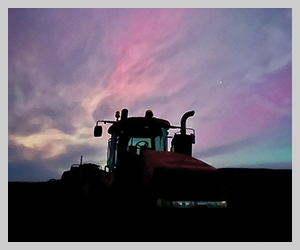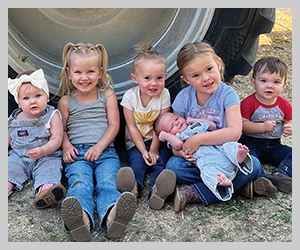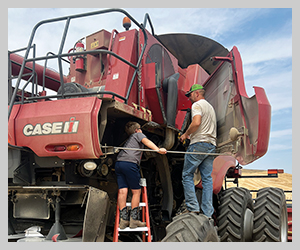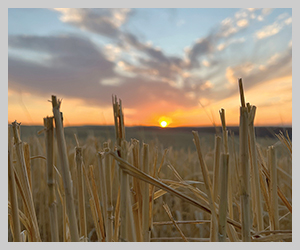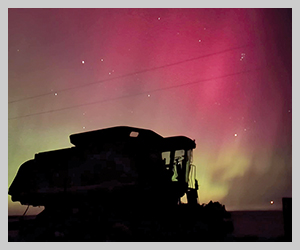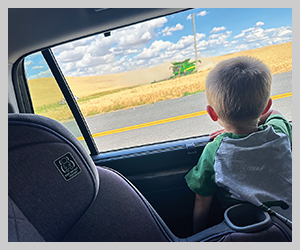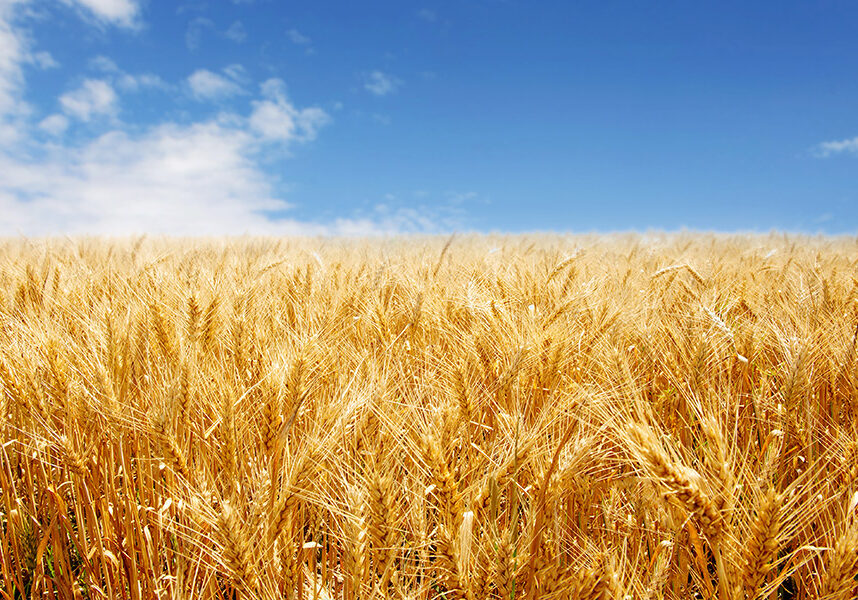
There is something very satisfying about finishing up a field during seeding. On the contrary, there is something very dreadful about rain falling on that just-finished field.
It seems 2021 is the year that just keeps on giving.
We are wrapping up reseeding all our winter wheat acres as I’m writing this column in mid-September. We received about an inch of rain a couple days after we finished the first round of seeding that we were grateful for, but it caused some problems with crusting, kinking, deep-seeded wheat that struggled to emerge and poor stands in our early-seed fields because of dry areas. We were pretty fortunate to get a big rain and not just a tenth of an inch that would have hurt us more and not improved our seeding conditions.
Seeding is tough. You have to make a lot of calls, and then you get plenty of time sitting in a tractor seat to second guess every decision you’ve made. I worry that I’m seeding too deep or too shallow. I worry that I’m going too fast or that I don’t have enough seed to finish the field. I wonder if I can get through the straw on the next field, or if that 40 percent chance of rain on my app is going to happen. These worries might seem trivial, but the decisions you are making now will have an impact on your crop for the coming year.
Reseeding is even tougher, because you know the longer you delay past your optimal seeding date, the bigger impact it can have on your yield potential. You also know the cost associated with doing it all over again, not to mention the hours you have to spend on a tractor redoing all your hard work. However, I’m one of the fortunate ones this year, as I know guys who are unable to plant at all because they don’t have enough soil moisture. They might have to dust in seed and hope the rain comes eventually.
For a look at seeding conditions across Eastern Washington, as well as a longer-term weather forecast, see page 38.
This year’s drought and our current dry seeding conditions have brought up a lot of questions about crop insurance. In order to be eligible for winter wheat coverage, Washington farmers have to have seed in the ground by the end of October, even if that means just dusting it in. Without adequate soil moisture, some farmers will be planting not knowing if they’ll get a good stand or not. I’ve heard some growers talk about possible changes to planting dates that would help them plan better. I’ve also heard some thoughts about changes to the prevented planting policy. We are drawing closer to our annual tri-state convention (see page 28) when we’ll meet to set the policy resolutions that will guide our organization for the coming year. If you’ve got a suggestion we can take to the Risk Management Agency, let us know. You can contact one of our officers or call the WAWG office at (509) 659-0610. With all the challenges we’ve faced this year, I think it’s a great opportunity to push for some changes.



